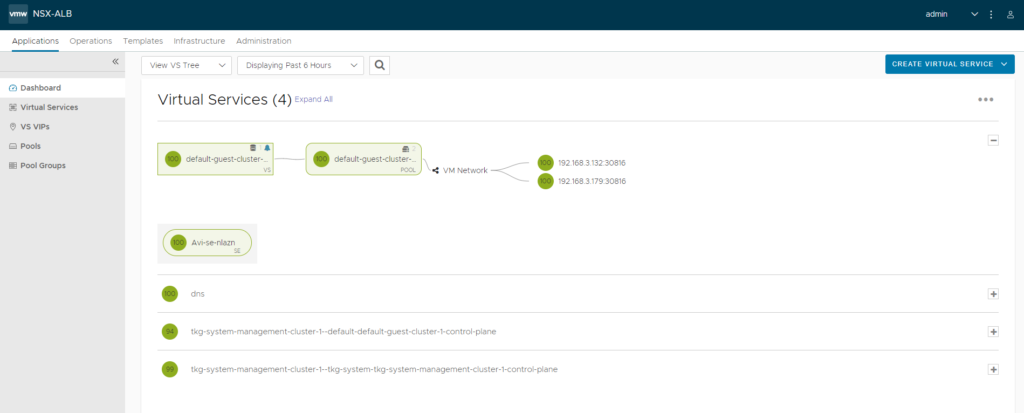At this point in the guides, we’ve deployed TKGm. Also we’ve deployed a management cluster, and a single guest cluster. Now it’s time to create some applications and test it out!
K8s housekeeping
Create a K8s secret for Docker login
If you are running this cluster in your own personal lab, you might be ok. But in my experience ever since docker started rate limiting the pull requests, I eventually hit a rate limiting pull error and my pods start failing to deploy. You can avert this problem by simply signing up for a free docker registry account, and creating a secret in your k8s cluster. Use the following command to create the k8s secret:
kubectl create secret docker-registry regcred --docker-server=https://index.docker.io/v1/ --docker-username=USERNAME--docker-password='SUPERSECRET123!' --docker-email=EMAIL@COMPANY.com
Deploy the Hackazon Application
Create the l4-lb.yaml file
You’re welcome to create any deployment/pod that you would like and create a service to use. Or you can use the example below to deploy the hackazon application. As you can see we are referencing “imagePullSecrets” to utilize the docker secret we had created in the above step. This will deploy a simple hackazon application and expose the pod on port 80. The actual port exposed on the k8s node via the service will be in the range of 30000 – 32767.
---
apiVersion: apps/v1
kind: Deployment
metadata:
name: hackazon
spec:
selector:
matchLabels:
app: hackazon
replicas: 1
template:
metadata:
labels:
app: hackazon
spec:
containers:
- name: hackazon
image: ianwijaya/hackazon
ports:
- containerPort: 80
- containerPort: 443
imagePullSecrets:
- name: regcred
---
apiVersion: v1
kind: Service
metadata:
name: hackazon
spec:
type: LoadBalancer
ports:
- name: http
port: 80
targetPort: 80
protocol: TCP
selector:
app: hackazon
Apply the l4-lb.yaml file
Save the above to a file called l4-lb.yaml and run the following command to apply it:
kubectl apply -f l4-lb.yaml
Validate the Hackazon Application

Run the following command to see the port that is exposed via the LoadBalancer service.
kubectl get svc -o wide

